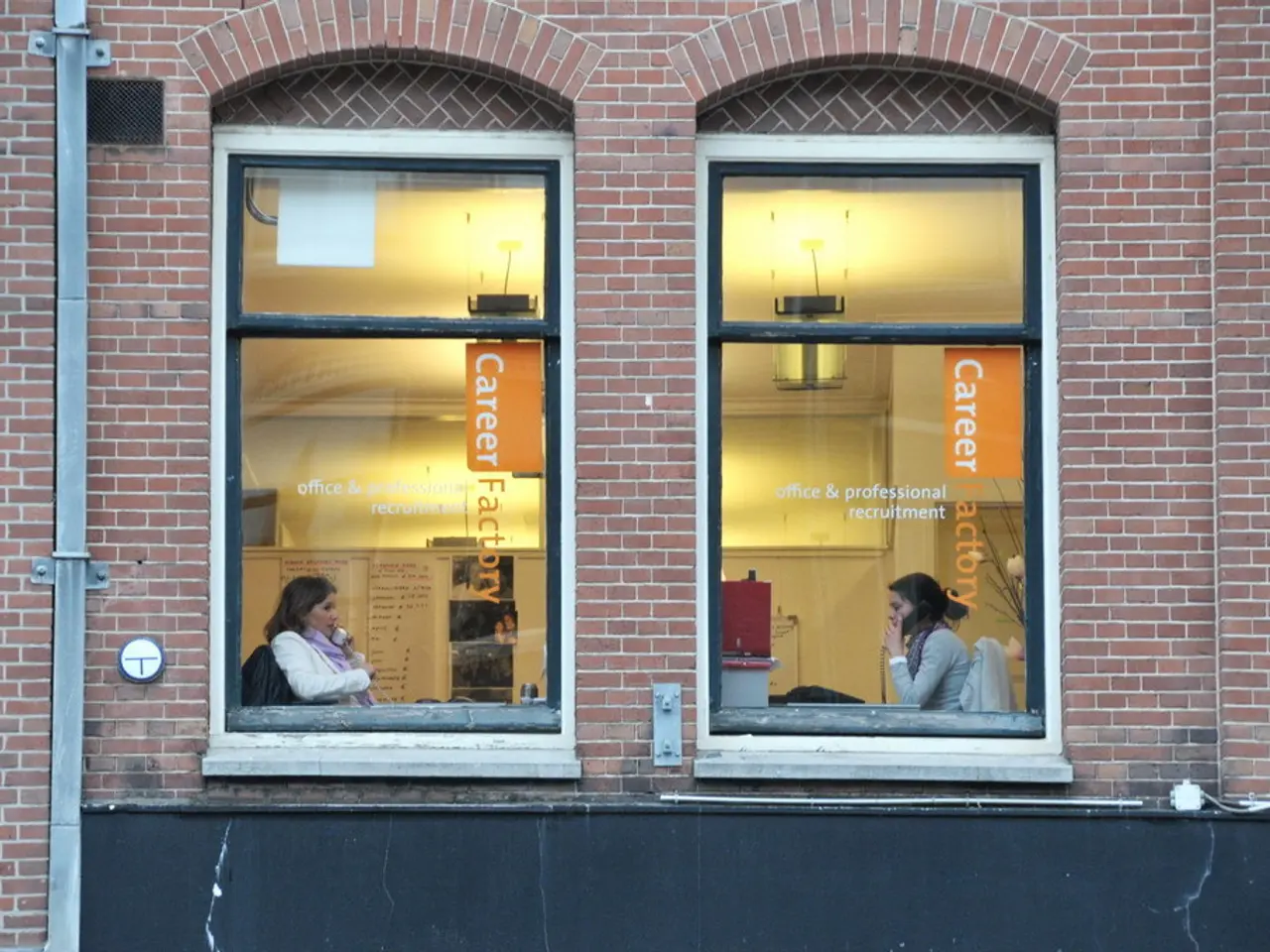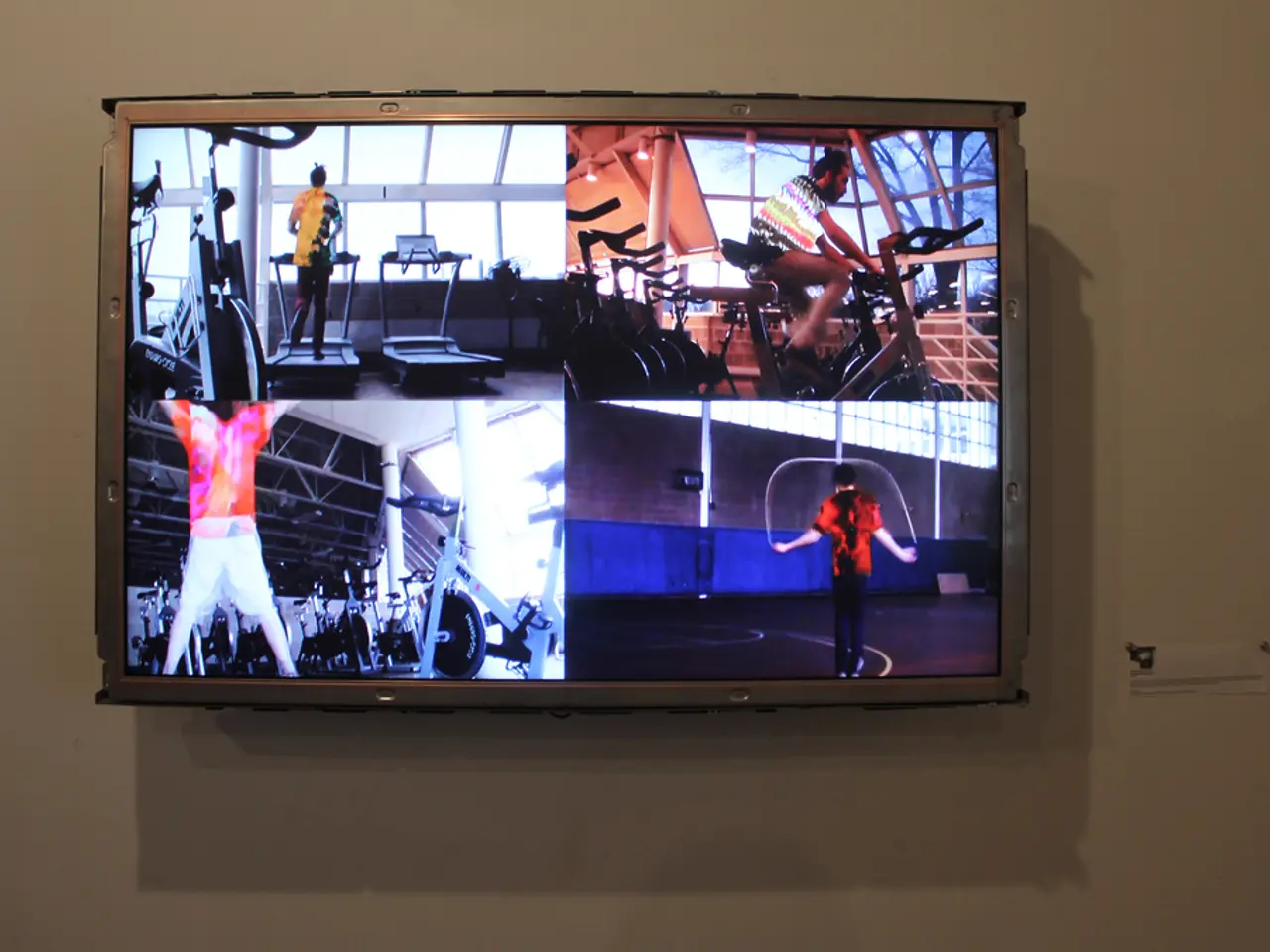Incredible Squeezing Robot Maintains Blood Flow in Impaired Organs
A groundbreaking soft robotic device, designed to provide external assistance to the heart, is set to revolutionise cardiac support for patients with heart failure. The innovative device, which conforms to the shape of the heart and offers gentle, adaptive support, could offer several advantages over traditional heart pumps.
The soft, flexible nature of this heart-hugging device may reduce the risk of tissue damage or irritation, a significant concern with rigid mechanical devices. Furthermore, the device's potential adaptability could provide dynamic support, responding to the heart's changing conditions and rhythms. Enhanced comfort is another potential benefit, making the device more appealing to patients.
Traditional heart pumps, such as ventricular assist devices (VADs), provide direct mechanical support to failing heart ventricles. While these devices can be highly effective in improving cardiac output and reducing symptoms of heart failure, they require surgical implantation, which carries risks and complications.
Soft robotic heart-hugging devices, however, could offer several potential benefits over traditional mechanical pumps. They are potentially less invasive, reducing surgical risks, and could provide more comfortable support due to their soft materials. Moreover, these devices might offer a more dynamic response to changing cardiac conditions.
The new device, currently under development, consists of three main parts: a collapsible anchor inserted into the ventricle, a bracing bar and sealing sleeve positioned against the interventricular septum, and an external frame with soft actuators mounted around the outside of the ventricle. When activated, the soft actuators on the external frame compress the ventricle from the outside, while the internal anchor system provides counter-pressure from within.
This dual-action approach ensures more efficient pumping than external compression alone. The device also eliminates the need for blood to flow through mechanical components, potentially reducing the risk of complications such as hemolysis, infection, and device thrombosis.
Driveline infections and device thrombosis are among the most common and serious complications seen in VAD patients, as they provide a permanent entry point for bacteria and require anticoagulation therapy, respectively. The new device aims to eliminate these issues, offering a promising alternative for heart failure patients.
Long-term animal testing is planned to validate the technology before it can help human patients. Human trials could potentially begin within a few years, marking a significant step forward in cardiac support technology. The device has demonstrated impressive results in laboratory tests using pig hearts, maintaining steady blood flow in multiple simulations of human heart failure conditions.
The new approach to heart support is a radical departure from traditional heart pumps, as it wraps around the heart itself, providing external compression. The device's potential to target either the left or right ventricle independently is a game-changing capability for patients with one-sided heart failure, offering selective assistance to either ventricle, which is particularly crucial for patients with congenital heart conditions that affect only one side of the heart.
While the development of a soft robotic heart-hugging device is an exciting prospect, it is important to note that these considerations are speculative. Developing such a device would require significant advancements in materials science and robotics to ensure safety, efficacy, and patient compatibility. Nonetheless, the potential benefits of this innovative technology are undeniably promising for the future of cardiac support.
This soft robotic device poses the potential to revolutionize medical-conditions related to cardiovascular-health, as it could offer advantages over traditional heart pumps like ventricular assist devices (VADs) in areas of health-and-wellness, such as reduced risks of tissue damage or irritation, enhanced comfort, and a more dynamic response to changing cardiac conditions.
By targeting either the left or right ventricle independently, this heart-hugging technology could provide selective assistance to patients with one-sided heart failure, which is particularly significant for those with congenital heart conditions affecting only one side of the heart, underscoring its potential in the field of science and technology.




